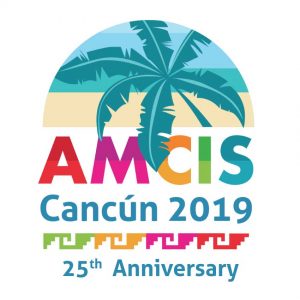The Role of IT on Counterfeiting and Piracy in the Fashion and Beauty Industry: The Case of a Developing Country
Abstract
This study explores the role of information technology (IT) in the fashion and beauty industry. The study draws on the case study of two firms from the subsector of the fashion and beauty industry. The lemon market and stakeholder theories were drawn as an inference to position the role of IT in counterfeiting and piracy. The findings suggest that IT, especially the Internet, social media and other social networks, facilitates the activities of the fashion and beauty industry by increasing consumer reach and access to faster payment methods. Alternatively, IT has exposed the industry to the dangers of counterfeiting and piracy as product designs and information become readily accessible. The lack of policies to address counterfeiting and piracy makes the challenge more pronounced. Though IT plays both enabling and inhibiting roles in the industry, the nature usage of IT is what defines the outcome experienced by the users. IT should, therefore, be leveraged to bridge information asymmetry among market participants. More theorization is also needed to enhance understanding of these interrelationships between IT and counterfeiting and piracy.
The Role of IT on Counterfeiting and Piracy in the Fashion and Beauty Industry: The Case of a Developing Country
This study explores the role of information technology (IT) in the fashion and beauty industry. The study draws on the case study of two firms from the subsector of the fashion and beauty industry. The lemon market and stakeholder theories were drawn as an inference to position the role of IT in counterfeiting and piracy. The findings suggest that IT, especially the Internet, social media and other social networks, facilitates the activities of the fashion and beauty industry by increasing consumer reach and access to faster payment methods. Alternatively, IT has exposed the industry to the dangers of counterfeiting and piracy as product designs and information become readily accessible. The lack of policies to address counterfeiting and piracy makes the challenge more pronounced. Though IT plays both enabling and inhibiting roles in the industry, the nature usage of IT is what defines the outcome experienced by the users. IT should, therefore, be leveraged to bridge information asymmetry among market participants. More theorization is also needed to enhance understanding of these interrelationships between IT and counterfeiting and piracy.
When commenting on articles, please be friendly, welcoming, respectful and abide by the AIS eLibrary Discussion Thread Code of Conduct posted here.


